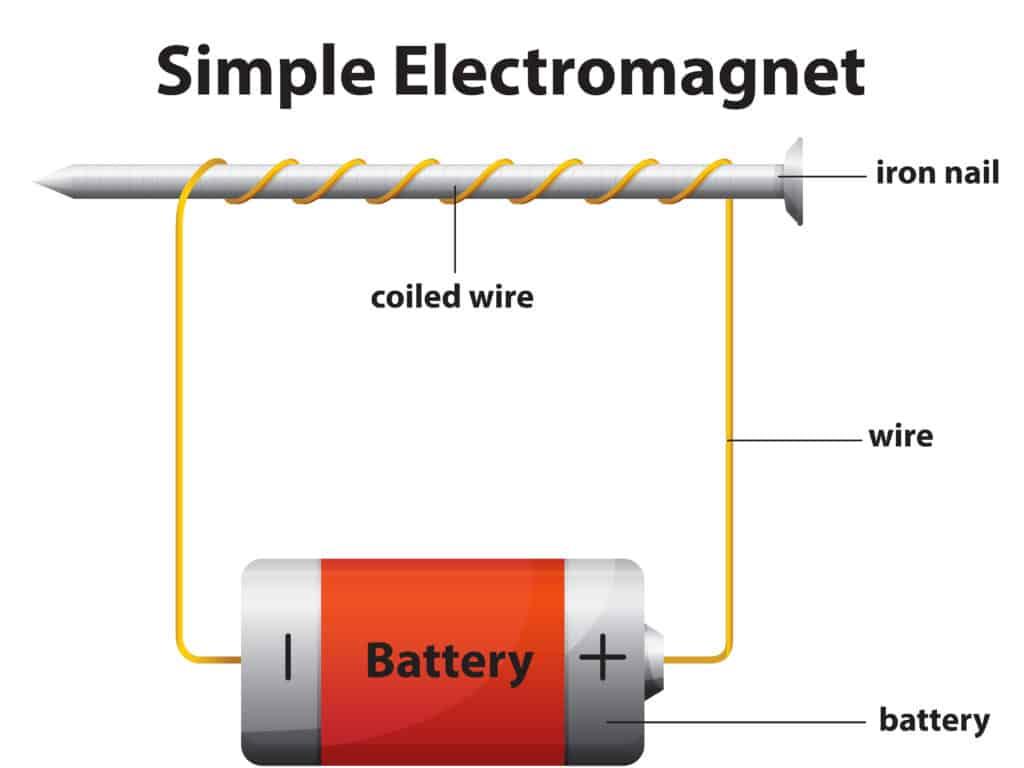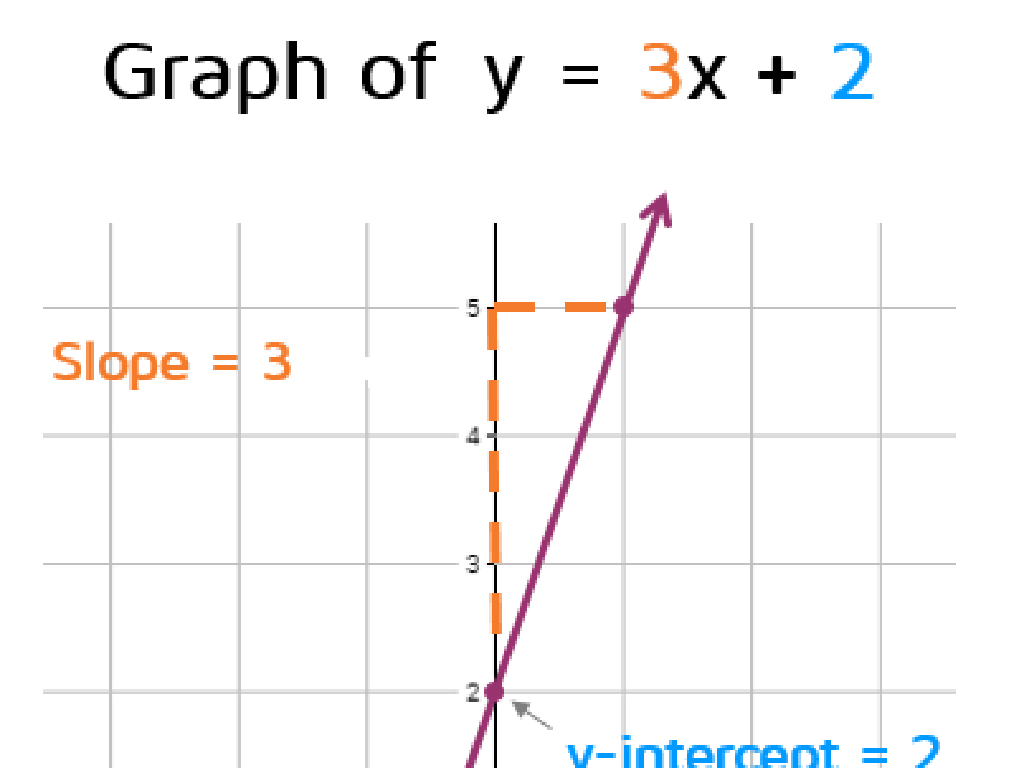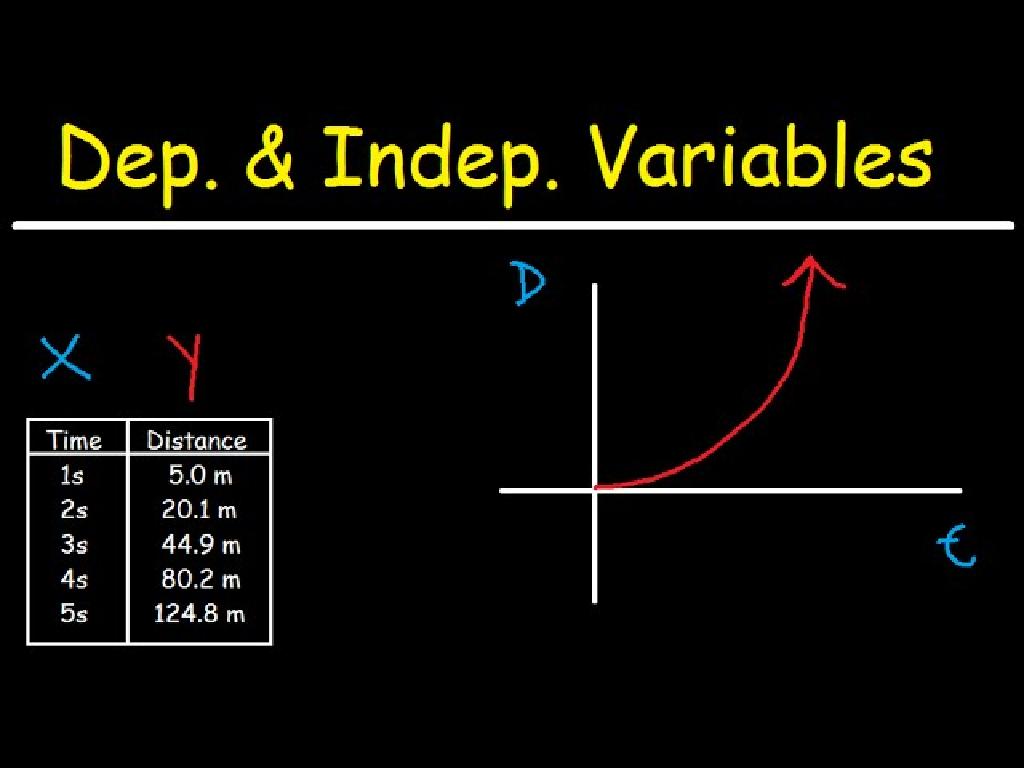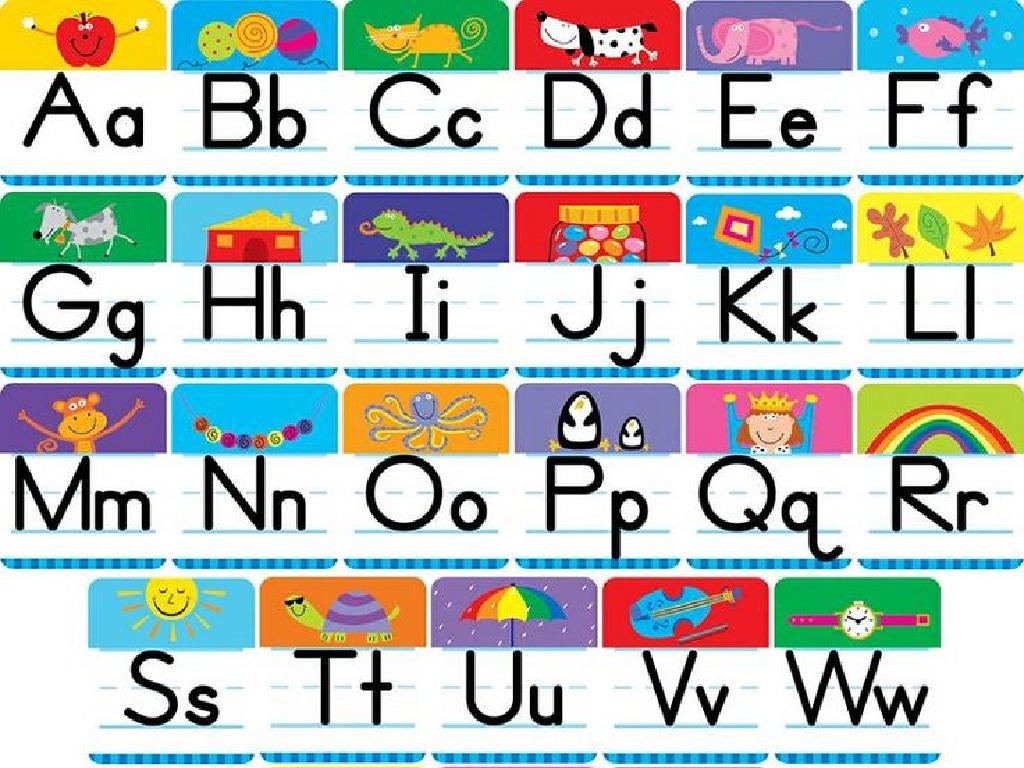Body Systems: Digestion
Subject: Science
Grade: Fifth grade
Topic: Animals
Please LOG IN to download the presentation. Access is available to registered users only.
View More Content
Welcome to the Digestive System!
– Our bodies turn food into energy
– Food’s journey: bite to energy
– Starts in the mouth, ends in the small intestine where nutrients are absorbed
– Key terms: Digestion, Nutrients, Absorption
– Digestion: breaking down food, Nutrients: body’s fuel, Absorption: nutrients entering bloodstream
– Importance of a healthy digestive system
– Keeps our body energized and healthy
|
This slide introduces the digestive system, emphasizing its role in converting food into energy that our bodies can use. Begin by explaining the process of digestion as a journey that food takes, starting from the moment we take a bite until it’s broken down into nutrients that our body absorbs. Highlight the key terms ‘Digestion,’ ‘Nutrients,’ and ‘Absorption,’ ensuring students understand that digestion is the mechanical and chemical breakdown of food, nutrients are the useful substances our body needs, and absorption is how these nutrients get into our blood to be used by the body. Discuss the importance of maintaining a healthy digestive system for overall well-being. Encourage students to think about what happens to their favorite foods after they eat them and how it contributes to their energy levels.
Exploring Digestion in Our Bodies
– What is digestion?
– It’s how our body breaks down food
– Digestion turns food into nutrients
– Our body uses nutrients to grow and repair
– Organs work together in digestion
– Mouth, stomach, intestines are key players
– Importance of the digestive process
|
This slide introduces the concept of digestion, a critical bodily function for maintaining life. Digestion is the process by which our body breaks down the food we eat into smaller components, primarily nutrients that the body can absorb and use for energy, growth, and cell repair. It’s important to highlight the role of different organs in this process, such as the mouth for mechanical digestion, the stomach for chemical digestion, and the intestines for nutrient absorption. Emphasize the importance of a healthy digestive system for overall well-being. Encourage students to think about what happens to food after it is eaten and how it contributes to their energy levels and growth.
Exploring the Digestive System
– Mouth: Start of digestion
– Teeth chew food, saliva begins digestion
– Esophagus: The food pipe
– Muscles push food from throat to stomach
– Stomach: Mixing food
– Acids and enzymes break down food
– Small Intestine: Absorbs nutrients
– Nutrients from food enter the bloodstream
– Large Intestine: Absorbs water, forms waste
– Remaining water is absorbed, waste is prepared for exit
|
This slide provides an overview of the digestive system’s main organs and their functions. The mouth is where digestion begins with chewing and saliva. The esophagus is a muscular tube that moves food to the stomach. The stomach uses acids and enzymes to further break down food into a liquid. The small intestine is where most nutrients are absorbed into the body. Lastly, the large intestine absorbs remaining water and prepares waste for elimination. Encourage students to think about the journey of food and how each organ contributes to the process of digestion. Use diagrams to illustrate the process and consider bringing in models or using interactive activities to help students visualize and remember the information.
The Digestive System: The Mouth
– Teeth grind food into smaller pieces
– Like scissors cutting paper into bits
– Saliva starts chemical digestion
– Saliva is like a special sauce that softens food
– Tongue tastes and moves food
– The tongue is like a mini-muscle that helps food dance around in our mouth
– Swallowing begins the journey
|
This slide introduces the mouth as the first step in the digestive process. Emphasize the physical and chemical processes that begin digestion. Teeth act like a grinder, breaking down food into manageable pieces. Saliva, containing enzymes, starts the chemical breakdown of food, making it easier to digest. The tongue not only helps us enjoy the taste of our food but also assists in moving food effectively to the back of the mouth for swallowing. Explain that swallowing is an involuntary reflex that moves the food from the mouth to the esophagus, leading to the stomach. Engage the class by asking them to think of times when they’ve noticed their saliva helping to soften food or how different foods require more or less chewing.
Journey Down the Esophagus
– Peristalsis moves food to stomach
– Wave-like muscle contractions push food
– Esophagus: a food pathway
– It’s the tube from mouth to stomach
– Muscles contract rhythmically
– Like a wave, muscles squeeze the food down
– Connection between mouth & stomach
|
This slide focuses on the function and importance of the esophagus in the digestive system. Peristalsis is a critical process where muscles contract in wave-like motions to move food from the mouth to the stomach. It’s important for students to understand that the esophagus is not just a passive tube but an active organ that plays a key role in digestion. The rhythmic contractions are similar to how you would squeeze toothpaste from a tube. To help students visualize, compare the esophagus to a slide in a playground, where food slides down into the stomach. Encourage students to gently feel their throat while swallowing to understand how peristalsis feels.
The Stomach’s Role in Digestion
– Stomach mixes food and juices
– Muscles contract to blend food with enzymes
– Food becomes liquid ‘chyme’
– Chyme: a semi-fluid mass of partly digested food
– Stomach acid kills bacteria
– Acidic environment disinfects ingested food
– Chyme moves to small intestine
|
This slide focuses on the stomach’s function in the digestive system. The stomach uses muscular contractions to mix food with digestive enzymes, creating a liquid called chyme. The acidic environment serves to kill potential bacteria in the food, making it safe for further digestion. After processing in the stomach, chyme is then passed on to the small intestine where nutrient absorption occurs. Encourage students to think of the stomach as a mixer that not only breaks down food but also protects the body from germs. Discuss the importance of each function and how they work together to contribute to overall health.
Small Intestine – Where Magic Happens
– Nutrient absorption center
– The small intestine is where our body gets most of its nutrients from the food we eat.
– Villi boost absorption area
– Villi are tiny, finger-like structures that make the inside of the small intestine larger, helping it to absorb more nutrients.
– Pancreatic and liver enzymes aid
– Enzymes are special proteins that speed up digestion; they come from the pancreas and liver to help break down food.
– Digestion’s final stages occur
|
The small intestine is a crucial part of the digestive system where the majority of the digestion and absorption of nutrients takes place. Villi are an important adaptation that increases the internal surface area of the intestinal walls, allowing for greater nutrient absorption. Enzymes from the pancreas and liver, such as amylase, lipase, and bile, play a vital role in breaking down carbohydrates, fats, and proteins into smaller components that can be easily absorbed. This slide should emphasize the importance of the small intestine in the overall process of digestion, and how it works with other organs to ensure our body gets the energy and nutrients it needs from the food we consume.
Large Intestine: Final Stage of Digestion
– Absorbs water and minerals
– It reclaims water from digested food, vital for hydration and mineral balance.
– Transforms waste into stool
– What’s left after digestion becomes stool, ready for excretion.
– Connects to rectum and anus
– The large intestine leads to these parts, forming the end of the digestive tract.
– Essential for waste removal
|
The large intestine is the last part of the digestive system and plays a crucial role in absorbing water and minerals, which helps maintain the body’s hydration and electrolyte balance. It also compacts the undigested material into stool. This slide should emphasize the importance of the large intestine in turning the remaining digestive material into stool and preparing it for removal through the rectum and anus. Discuss the connection between the large intestine and the rectum and anus, explaining how waste is expelled from the body. This is a good opportunity to talk about the importance of a healthy diet to ensure smooth digestion and waste removal.
Digestive System Helpers
– Liver’s role in digestion
– The liver produces bile, which breaks down fats into smaller pieces.
– Gallbladder’s function
– The gallbladder stores bile and releases it into the small intestine.
– Pancreas and enzymes
– The pancreas creates enzymes that are crucial for digesting proteins, fats, and carbs.
|
This slide focuses on the accessory organs of the digestive system that aid in the digestion process but are not part of the digestive tract. The liver, gallbladder, and pancreas each play a specific role in breaking down food so that our body can absorb nutrients. Bile from the liver emulsifies fats, making them easier to digest. The gallbladder acts as a storage container for bile, releasing it when needed. The pancreas produces a variety of enzymes that break down different types of food molecules. Understanding these organs helps students appreciate the complexity and efficiency of the digestive system. Use diagrams to illustrate where each organ is located and how they connect to the digestive tract. Encourage students to think of questions about how these organs work together.
Let’s Review: Digestive System Journey
– Recap food’s digestive journey
– Food travels from mouth to stomach to intestines.
– Role of digestive organs
– Mouth chews, stomach digests, intestines absorb nutrients.
– Digestion’s importance for health
– Digestion breaks down food into nutrients our body uses for energy, growth, and repair.
|
This slide aims to summarize the digestive system’s process and its significance. Begin by recapping the path food takes starting from the mouth, moving through the esophagus to the stomach, and then through the small and large intestines. Discuss the specific role of each organ, such as the mouth for mechanical digestion (chewing), the stomach for chemical digestion (using acids and enzymes), and the intestines for nutrient absorption. Emphasize the importance of digestion in converting food into vital nutrients, which are essential for energy, growth, and the body’s overall functioning. Encourage students to think about how each organ contributes to their health and to ask any questions they have about the process.
Class Activity: Digestion Simulation
– Simulate digestion with an experiment
– Gather materials: bags, crackers, juice
– Mimic chewing and stomach churning
– Pretend the crackers are food and bags are our mouths
– Observe nutrient absorption process
– Pantyhose will represent intestines absorbing nutrients
|
This hands-on activity is designed to help students understand the digestion process in a fun and interactive way. Students will use Ziploc bags to simulate the mouth where ‘chewing’ occurs by crushing crackers. Orange juice will represent stomach acids and enzymes, showing how food is broken down in the stomach. Finally, pantyhose will be used to demonstrate how nutrients are absorbed in the intestines. Teachers should ensure that students understand each step’s purpose and how it relates to the human digestive system. Possible variations of the activity could include using different types of food to represent various digestion challenges or comparing the effectiveness of ‘digestion’ with different substances representing stomach acid.




